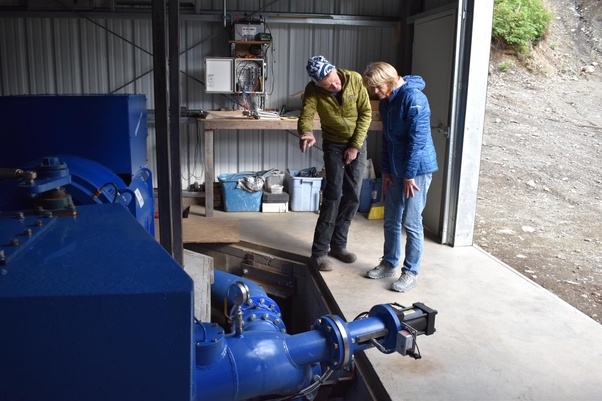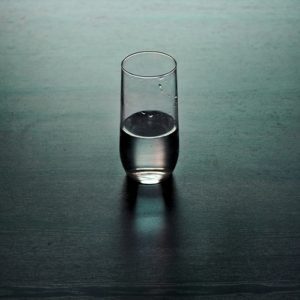It’s not necessarily “illegal” as it is heavily regulated.
Among the issues that will be problems are:
- You don’t own the water – Simply because you purchased property with a flowing body of water running through it (as opposed to a pond or a small lake) doesn’t mean that you control that water. If you restrict the flow from downstream neighbors, your project will not be approved.
- Your hydroelectric project risks polluting the stream/river – Unless you can create a plan that will prevent or severely mitigate any potential pollution , your project won’t be approved.
- The size of the project – Basically you MIGHT be allowed to construct a unit to power a few relatively small structures like a house. But if you plan on a compound or even a commercial structure, you are probably going to be denied.
- You would need to have the unit inspected regularly to satisfy state and federal authorities – That’s going to be pricey, especially if you live in a remote area or in a state with only a few electrical inspectors who are qualified to inspect those units. You can’t simply call your local licensed electrician and have him or her come out and give you a “thumb’s up”.
- There better not be ANY endangered species in the water – If any of the myriad lifeforms in the stream/river are found to be endangered or threatened, the project will be scrapped before it ever begins. The same goes for any plant life. Basically, by the time you spend the money on court costs and environmental studies, you’ll have been able to purchase a dozen or more generators and enough fuel to run them for months.
- If you are upstream from a Native American reservation, forget about it – They simply will not allow you to restrict their water rights, and they can use their leverage with the federal government, and the media, to halt your plans before they ever leave the drawing board.
There are small waterwheels setups which are portable and “non-invasive”, that could be added to a flowing body of water. Local construction codes may be applicable; however if they are indeed “portable”, those codes may be far more lenient than they would be for a permanent construct.
If this is more than a “What if?” type of question, I would suggest contacting a construction company who specializes in those projects, and an environmental attorney who is familiar with the applicable local, state, and federal laws.
Portable hydroelectric unit

I was told a story (not sure if it’s true) about a man in a rural area who had a store and the local power company refused to put in a line and told him he’d have to buy his own generator. So he did.
Years later the power company put in electric power lines and told him he had to hook up to them (for free) and he refused.
They got the county to pass a law requiring a full time UNION OPERATOR for all generators over a certain amount of amps.
Now the owner of the store had two choices. PAY for a 24/7 approved union operator to say on premises or pay to hook up to the power lines.
This, while maybe just a story, is indicative of how GOVERNMENT and BUSINESS work together.
And to this day to have a generator of a certain power does require an experienced operator in SOME locations.
I’m talking movie studio size 18 wheel generator trucks not your pull chain lawn mower two cycle engine generators that will work a TV set.
our premise is false. I’m aware of many hydro-electric facilities owned and operated on private land by the landowner. Most of the really small ones (a few kilowatts) fly under everyone’s radar. My work focuses on hydro at or above 5 MW, but smaller projects of a few hundred kW do interact with us at the utilities. I happened on one 300-kW facility while doing other work and got a tour from the owner. Here he is giving a tour to our US Senator:

The reasons it is usually very difficult are federal openers like navigatible waters, migrating fish, endangered species, touching federal lands, or putting the power onto an interstate grid that requires FERC permitting. It took us 11 years and $6M to get a FERC permit to construct a mostly run-of-river project.
But if you avoid federal land, water storage, water use, and don’t grid-tie, then it’s just pipes, penstocks, a turbine and a generator.






